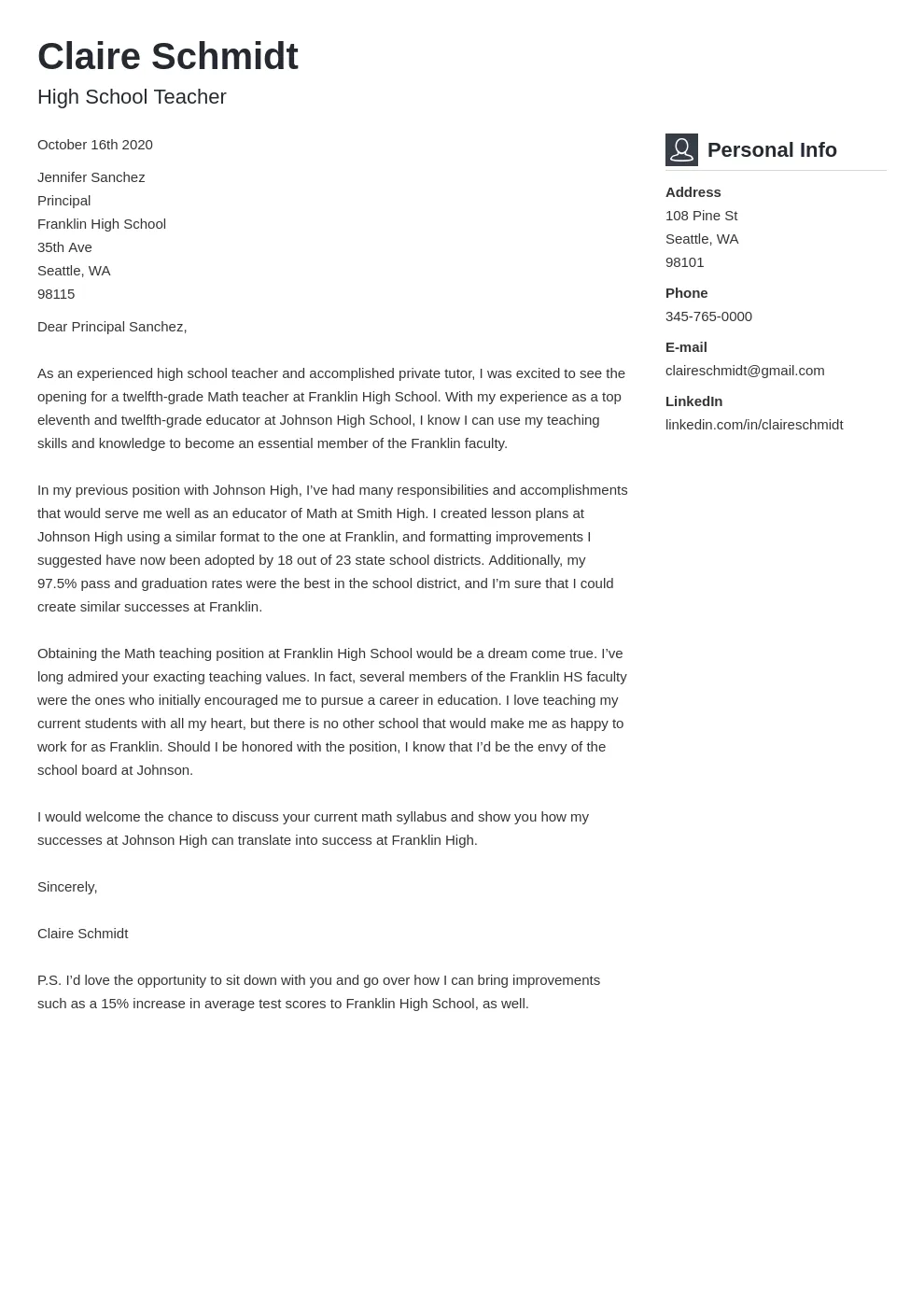What is a Cover Letter?
A cover letter is a crucial document that accompanies your resume when applying for a job. It serves as your personal introduction, allowing you to highlight your skills, experience, and qualifications in a way that complements your resume. Unlike a resume, which provides a concise summary of your professional history, a cover letter gives you the opportunity to elaborate on specific achievements, explain your motivations for applying, and demonstrate your understanding of the role and the company. Think of it as your first chance to make a positive impression and persuade the hiring manager to learn more about you. It’s a valuable tool for showcasing your personality and communication skills, setting you apart from other candidates.
Why You Need a Cover Letter
In today’s competitive job market, a cover letter is often a must-have. It provides a context for your application and allows you to demonstrate your enthusiasm for the position. It’s your chance to articulate why you’re the perfect fit for the role and how your unique skills and experiences align with the company’s needs. A well-crafted cover letter can significantly increase your chances of getting an interview. It shows the hiring manager that you’ve taken the time to research the company and the specific job, indicating your genuine interest. Furthermore, a cover letter can address any potential gaps or concerns in your resume, giving you the opportunity to proactively explain them. Many employers consider a cover letter to be a critical part of the application process, so skipping it could be a disadvantage.
Essential Elements of a Free Cover Letter
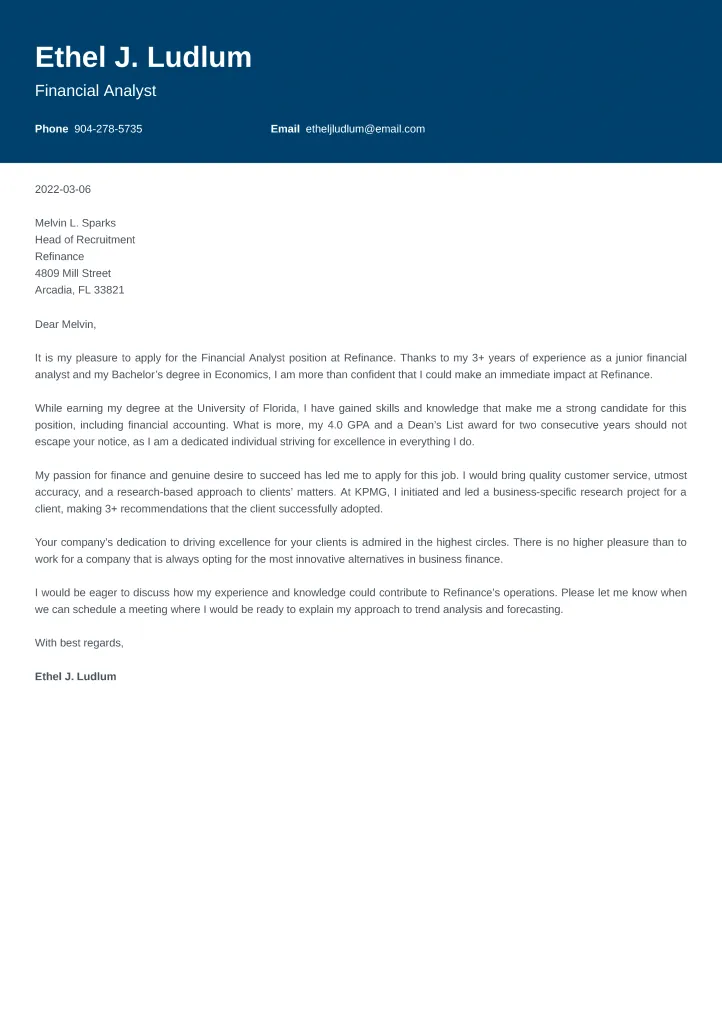
A compelling cover letter includes several key elements. These components, when strategically combined, work to present you as a qualified candidate. The structure is designed to flow smoothly from one idea to the next. You can create a strong case for your candidacy by including each element. It will make it easy for the hiring manager to grasp your qualifications and assess your suitability for the role.
Contact Information
Start with your full name, address, phone number, and professional email address. This information is essential for the employer to contact you. Make sure your email address is professional-sounding and reflects your name. Accuracy is crucial, so double-check all details before submitting your letter.
Greeting
Address the hiring manager by name if possible. Research the company to find the name of the hiring manager or the specific person who will be reviewing applications. If you can’t find a specific name, use a professional greeting like ‘Dear Hiring Manager.’ Avoid generic greetings like ‘To Whom It May Concern,’ which can make your letter seem impersonal.
Opening Paragraph
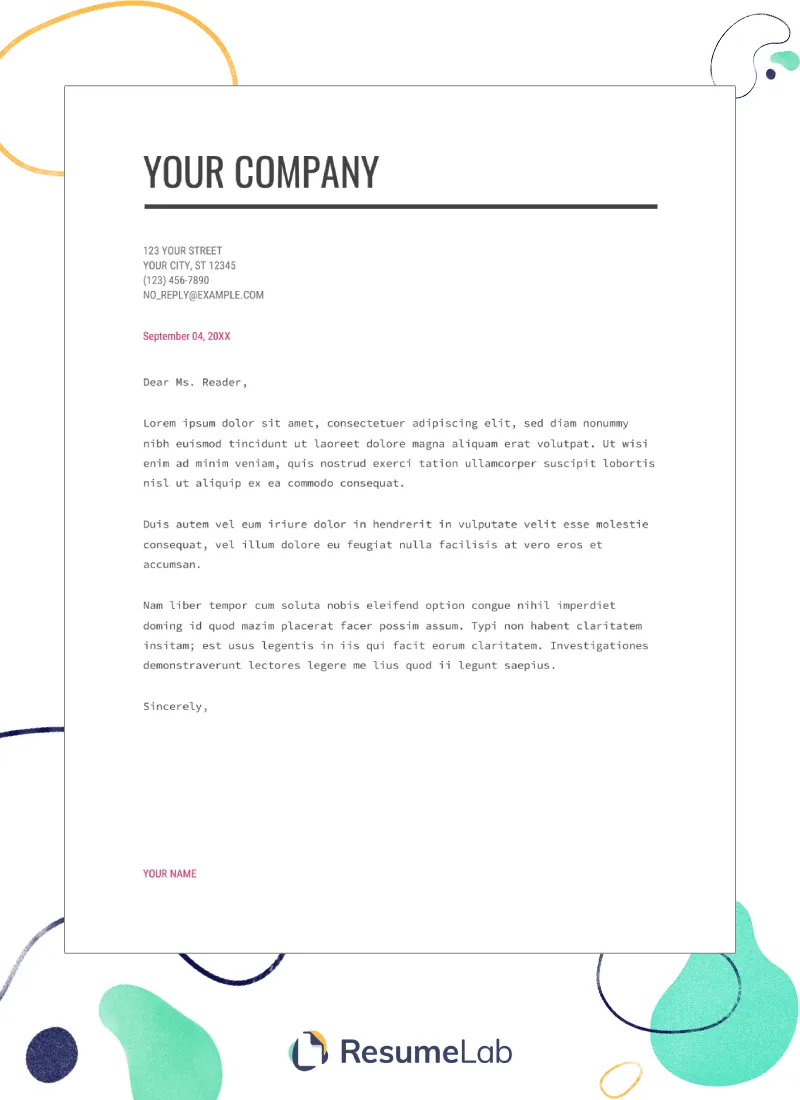
Make a strong first impression. State the position you are applying for and how you learned about the opportunity. Briefly mention your most relevant qualifications and express your enthusiasm for the role and the company. This paragraph should grab the reader’s attention and encourage them to continue reading.
Body Paragraphs
This is where you demonstrate your value. Use the body paragraphs to highlight your skills, experience, and achievements that are most relevant to the job description. Provide specific examples and quantify your accomplishments whenever possible. Tailor your content to each job, emphasizing the skills and experiences that align with the employer’s requirements.
Highlight Relevant Skills
Identify the key skills the employer is seeking. Include skills mentioned in the job description, such as communication, problem-solving, or technical abilities. Use examples from your past experiences to illustrate how you have successfully used these skills. Show, don’t just tell; provide concrete examples of how you’ve applied your skills to achieve positive results.
Showcase Achievements
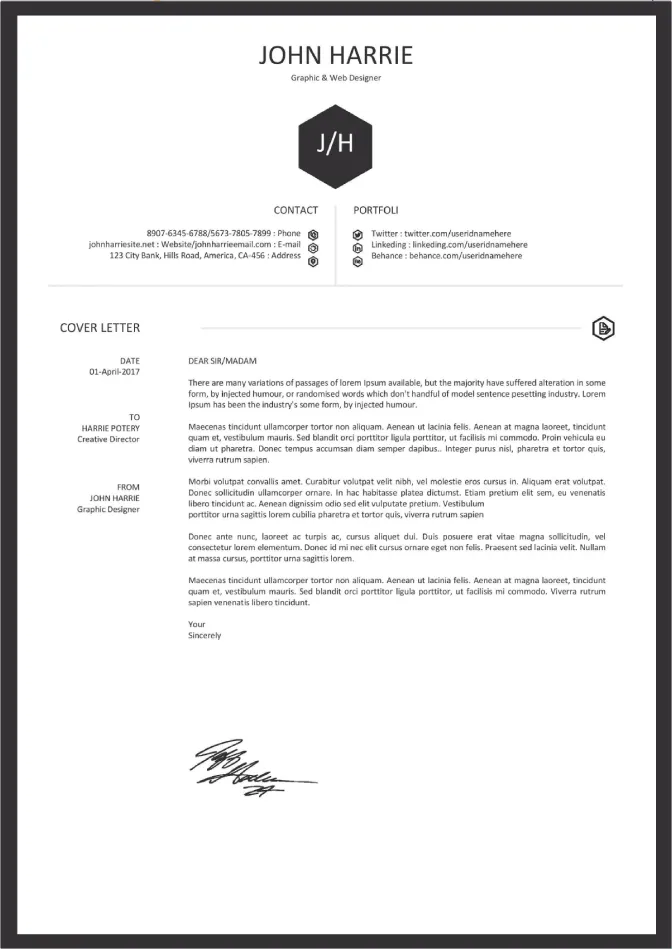
Focus on your achievements rather than just listing job responsibilities. Use the STAR method (Situation, Task, Action, Result) to describe your accomplishments. Quantify your achievements whenever possible by using numbers, percentages, or specific data. For example, ‘Increased sales by 15% in one quarter’ is more impactful than ‘Improved sales.’
Closing Paragraph
Summarize your interest in the position and reiterate your key qualifications. Express your gratitude for the hiring manager’s time and consideration. Reiterate your enthusiasm for the role and the company. Keep it concise and focused on leaving a positive final impression.
Call to Action
End with a clear call to action. State your availability for an interview and how you can be reached. Include your phone number and email address again for easy reference. A proactive call to action encourages the hiring manager to take the next step in the hiring process.
Formatting Your Free Cover Letter
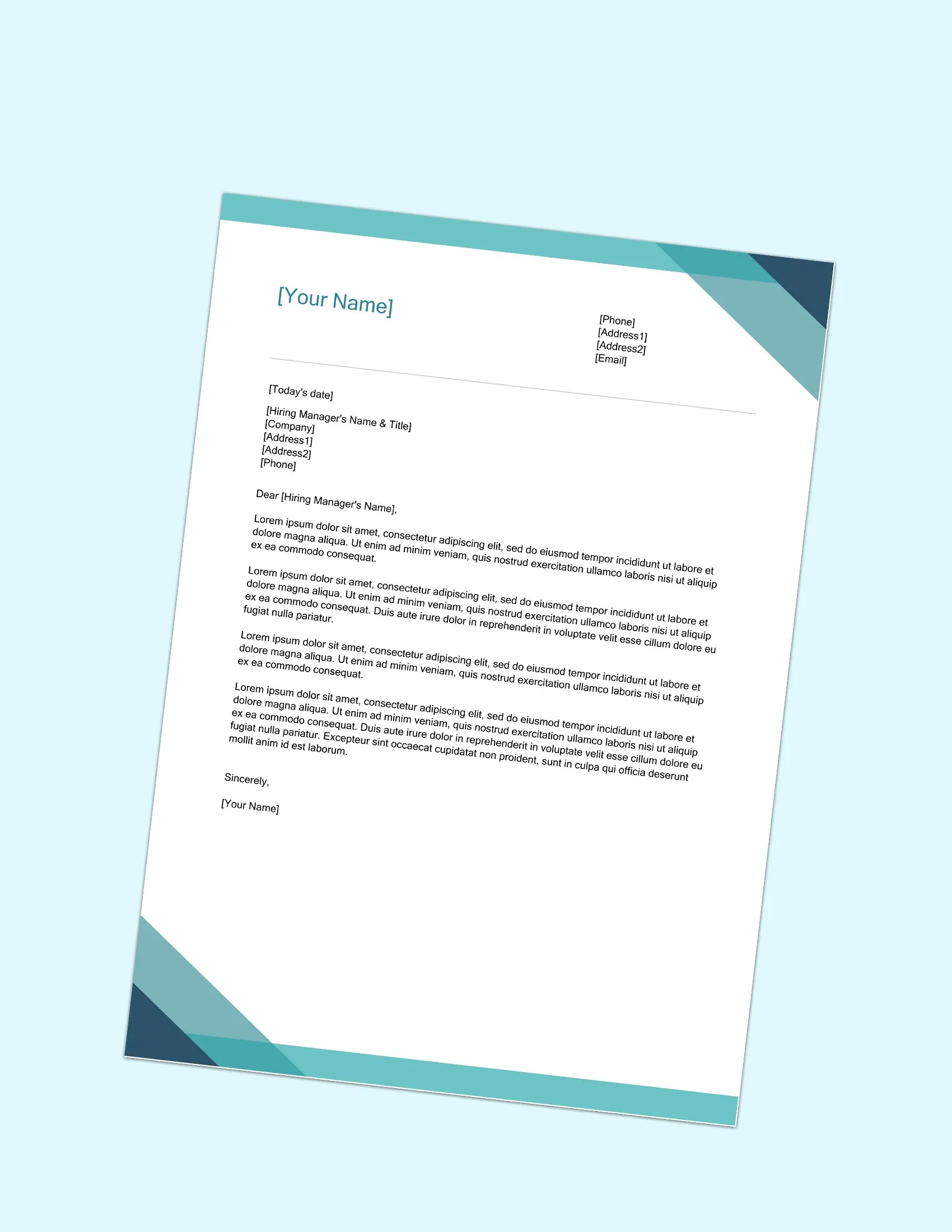
Proper formatting enhances readability and professionalism. A well-formatted cover letter is easy on the eyes and reflects your attention to detail. Follow these guidelines to ensure your letter looks polished and professional.
Choosing the Right Font
Select a professional and easy-to-read font, such as Times New Roman, Arial, or Calibri. Use a font size between 10 and 12 points. Avoid overly stylized or decorative fonts, which can distract from the content. Consistency in font choice throughout the document is key for a clean and professional appearance.
Maintaining Professionalism
Use standard business letter format, including single spacing and left alignment. Use one-inch margins on all sides. Ensure proper grammar and spelling. Proofread carefully before submitting your cover letter. Avoid slang, informal language, and contractions. Maintain a professional tone throughout the letter.
Proofreading and Editing
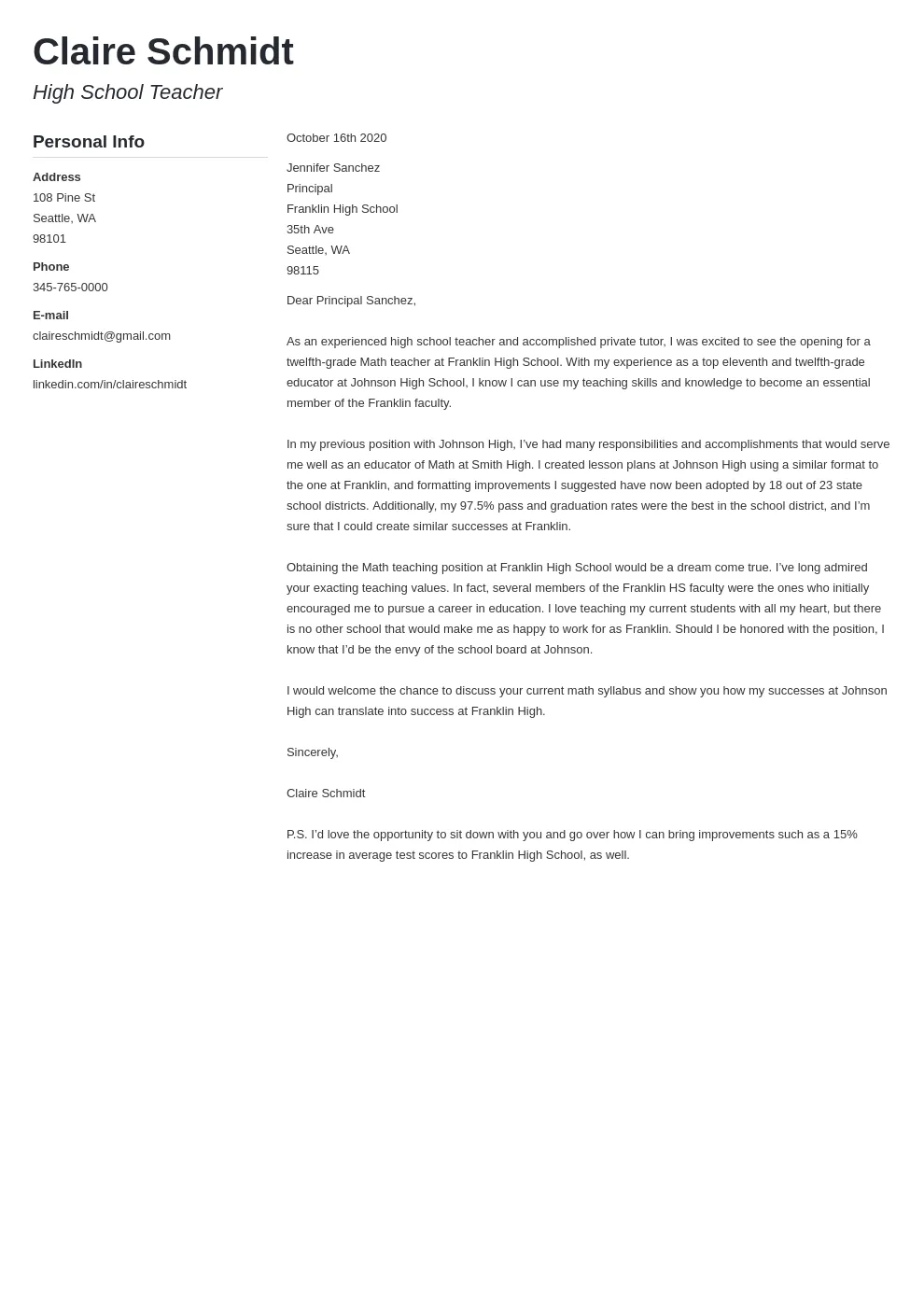
Proofread your cover letter multiple times to catch any errors. Check for spelling, grammar, and punctuation mistakes. Read your letter aloud to ensure that the language flows naturally. Consider having a friend or family member review your letter for a fresh perspective. Errors can undermine your credibility, so thorough proofreading is essential.
Free Cover Letter Templates and Resources
Numerous free resources are available to help you create a professional cover letter. These resources can save you time and effort, providing a solid foundation for your application. Explore these options to create a strong cover letter.
Where to Find Free Templates
Websites like Zety, Resume.io, and Canva offer free cover letter templates. These templates are professionally designed and provide a structure for your content. Look for templates that match your field and the specific type of job you are applying for. Customize the template with your information.
Free Online Cover Letter Builders
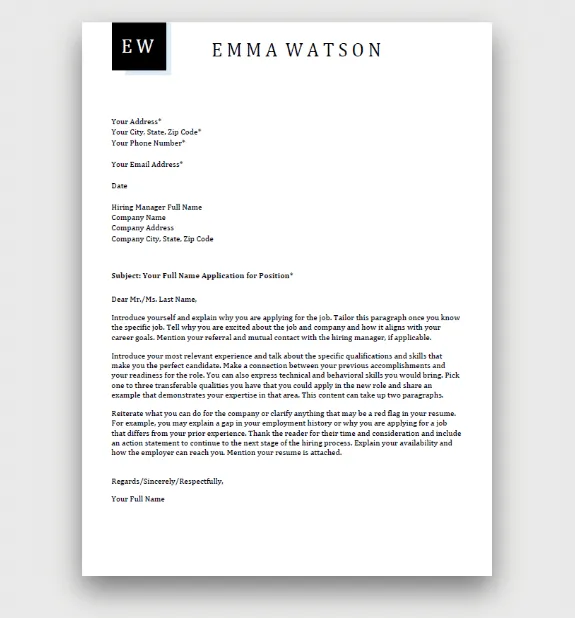
Many online cover letter builders, such as those offered by Jobscan and LiveCareer, are available. These tools guide you through the process, providing prompts and suggestions. They often allow you to download your cover letter in multiple formats. Be sure to review and customize the output of these tools to ensure it accurately reflects your skills and experiences.
Tips for Customizing Your Free Cover Letter
Customizing your cover letter is crucial for demonstrating your genuine interest and suitability for the job. Tailoring your letter to each job application greatly increases your chances of success. These tips can help you create a compelling, personalized cover letter.
Tailoring to the Job Description
Carefully review the job description and identify the key skills and requirements. Use these keywords and phrases in your cover letter to demonstrate that you meet the employer’s needs. Highlight the specific experiences and achievements that align with the job requirements. Customize your letter for each job, rather than sending a generic template.
Using Keywords Effectively
Incorporate keywords from the job description into your cover letter naturally. Use them to describe your skills, experience, and accomplishments. Avoid keyword stuffing, which can make your letter sound unnatural. The goal is to show how your qualifications match the employer’s requirements by using the right keywords in context.
Common Mistakes to Avoid
Avoiding common mistakes can significantly improve the effectiveness of your cover letter. Pay attention to these pitfalls and revise accordingly to create a polished, professional application.
Grammatical Errors
Ensure your cover letter is free of grammatical errors, spelling mistakes, and punctuation errors. Proofread carefully, and consider using grammar and spell-checking tools. These errors can undermine your credibility and make a negative impression on the hiring manager.
Generic Content
Avoid using generic language or copying and pasting from a template without personalizing it. Customize your cover letter for each job application, highlighting your relevant skills and experiences. Show genuine interest in the company and the role.
Ignoring the Job Requirements
Carefully review the job description and address the specific requirements outlined. Tailor your cover letter to demonstrate that you possess the necessary skills and experience. Ignoring the job requirements can result in your application being overlooked.
